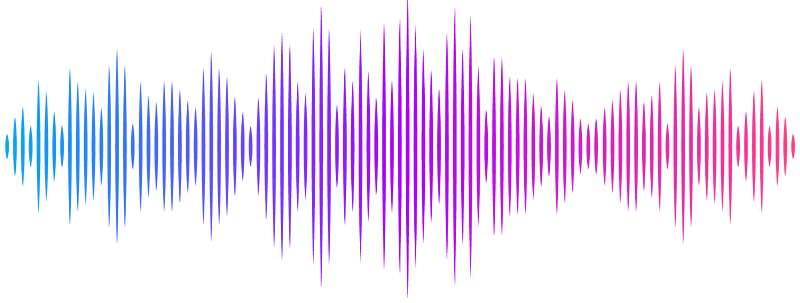Synthetic Biodegradable Void-forming Hydrogels for In Vitro 3D Culture of Functional Human Bone Cell Networks

Synthetic Biodegradable Void-forming Hydrogels for In Vitro 3D Culture of Functional Human Bone Cell Networks
Zauchner, D.; Muller, M. Z.; Horrer, M.; Bissig, L.; Zhao, F.; Lee, S. S.; Muller, R.; Qin, X.-H.
AbstractGenerating 3D bone cell networks in vitro that accurately mimic the dynamic process of osteoblast embedding during early bone formation poses a significant challenge. Herein, we report a synthetic biodegradable macroporous hydrogel for efficient formation of 3D networks from human primary cells, analysis of cell-secreted extracellular matrix (ECM) and microfluidic integration. Using polymerization-induced phase separation, matrix metalloproteinase-sensitive polyethylene glycol hydrogels are formed with interconnected porosity in the presence of living cells. The pore size (5-20 m) and permeability can be fine-tuned by adjusting the concentration and molecular weight of dextran. After encapsulation in these hydrogels, human mesenchymal stem cells and osteoblasts form a 3D cell network within 24 hours. The synthetic nature of this hydrogel enables histological analysis of cell-secreted collagen, a task previously challenging using collagen-derived hydrogels. Moreover, this hydrogel is integrated with a commercial chip, showcasing the potential for microfluidic perfusion cultures. Time-lapsed imaging of fluid flow and fast formation of 3D cell networks is demonstrated on chip. Altogether, this work introduces a versatile synthetic macroporous hydrogel, which can be integrated with microfluidic chip to enable 3D culture of human bone cell networks and analysis of cell-secreted ECM. This hydrogel may facilitate future mechanistic studies on bone development.